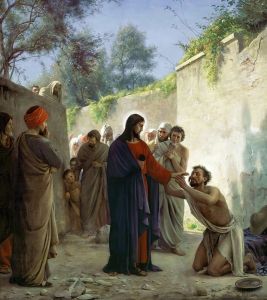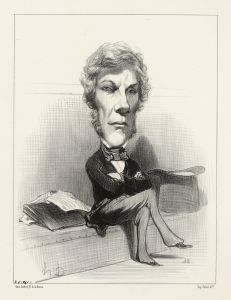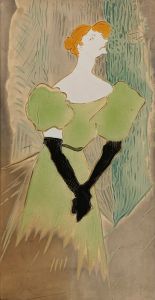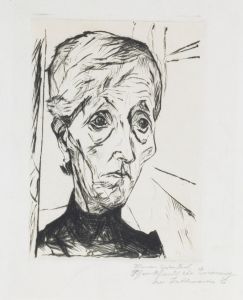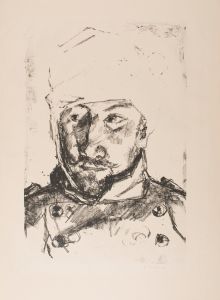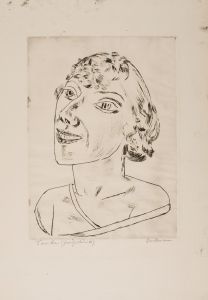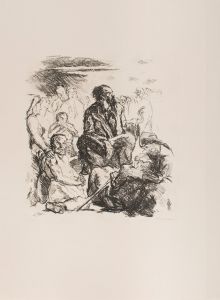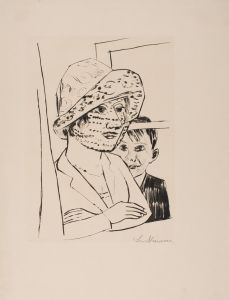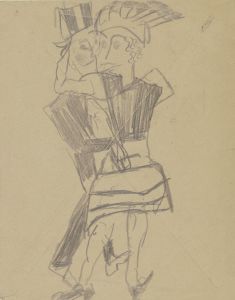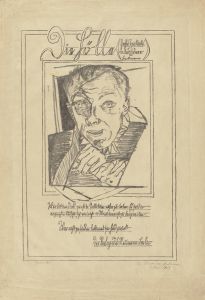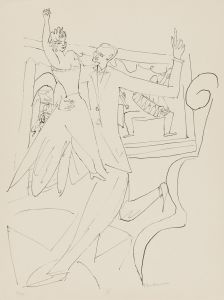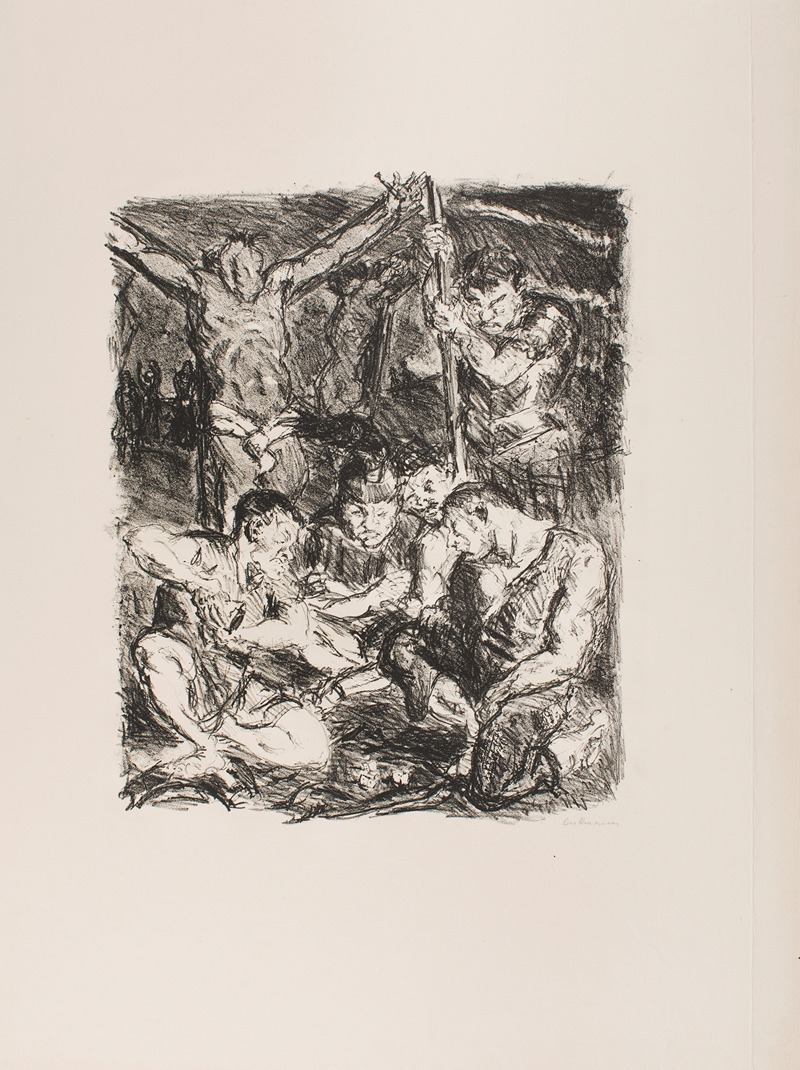
Throwing Dice before the Cross, plate 6 from the portfolio ‘Six Lithographs to the New Testament’
A hand-painted replica of Max Beckmann’s masterpiece Throwing Dice before the Cross, plate 6 from the portfolio ‘Six Lithographs to the New Testament’, meticulously crafted by professional artists to capture the true essence of the original. Each piece is created with museum-quality canvas and rare mineral pigments, carefully painted by experienced artists with delicate brushstrokes and rich, layered colors to perfectly recreate the texture of the original artwork. Unlike machine-printed reproductions, this hand-painted version brings the painting to life, infused with the artist’s emotions and skill in every stroke. Whether for personal collection or home decoration, it instantly elevates the artistic atmosphere of any space.
Max Beckmann, a prominent German painter and printmaker, created the lithograph "Throwing Dice before the Cross" as part of his portfolio titled "Six Lithographs to the New Testament." This portfolio was produced in 1949, a period marked by Beckmann's exploration of religious themes and existential questions, reflecting the broader context of post-World War II Europe. Beckmann's work often delved into the human condition, and this series is no exception, as it interprets biblical narratives through a modern lens.
"Throwing Dice before the Cross" is the sixth plate in the series and is inspired by the biblical account of Roman soldiers casting lots for Jesus' garments during the Crucifixion, as described in the New Testament. This scene is a poignant moment in the Passion narrative, symbolizing the indifference and cruelty of the soldiers amidst the suffering of Christ. Beckmann's interpretation is known for its intense emotional impact and complex symbolism, typical of his style, which often combines elements of Expressionism and New Objectivity.
In this lithograph, Beckmann employs stark contrasts and bold lines to convey the gravity of the scene. The composition is tightly constructed, focusing the viewer's attention on the central action of the soldiers throwing dice. Beckmann's use of chiaroscuro enhances the dramatic tension, a technique he mastered over his career. The figures are rendered with a sense of weight and presence, their expressions and postures suggesting a range of emotions from apathy to contemplation.
Beckmann's work is characterized by its deep engagement with the themes of human suffering and redemption, and "Throwing Dice before the Cross" is a testament to this enduring interest. The lithograph not only depicts a historical and religious event but also invites viewers to reflect on the broader implications of human actions and moral choices. Beckmann's ability to infuse his work with such depth and complexity is a hallmark of his artistic legacy.
The portfolio "Six Lithographs to the New Testament" was created during Beckmann's time in the United States, where he had relocated in 1947 after fleeing the Nazi regime in Germany. His experiences during the war and his subsequent exile had a profound impact on his art, leading him to explore themes of displacement, identity, and spirituality. This context is crucial to understanding the emotional and philosophical underpinnings of his New Testament series.
Beckmann's lithographs, including "Throwing Dice before the Cross," are celebrated for their technical mastery and their ability to convey profound narratives through visual art. His work continues to be studied and appreciated for its contribution to modern art and its exploration of timeless human themes. The lithograph remains a significant piece within Beckmann's oeuvre, exemplifying his skill in merging personal experience with universal stories.





